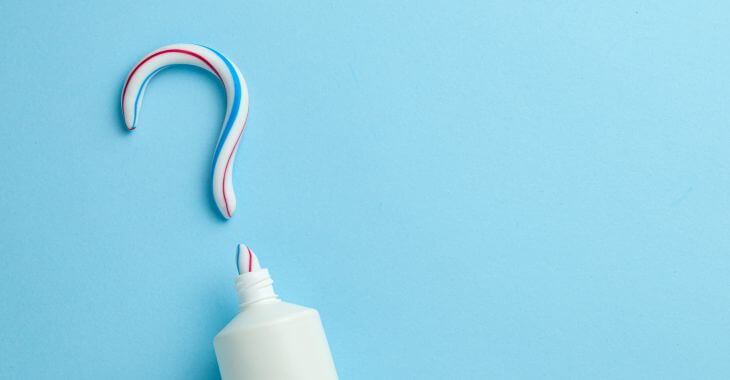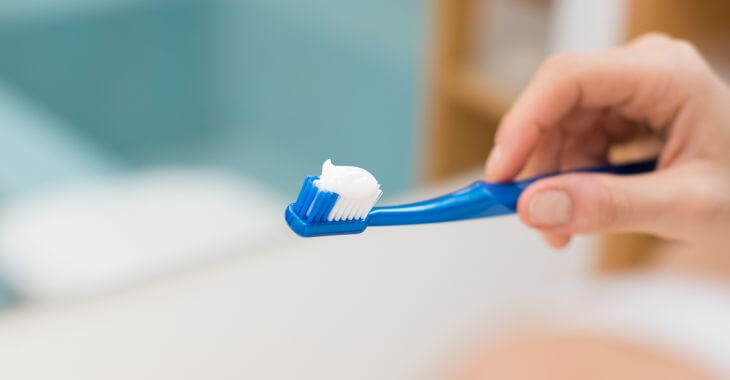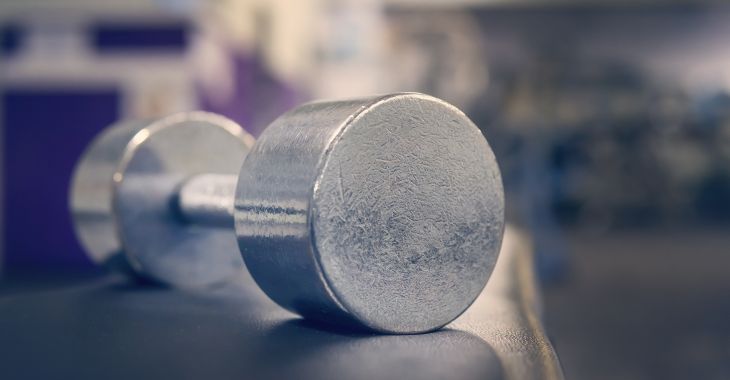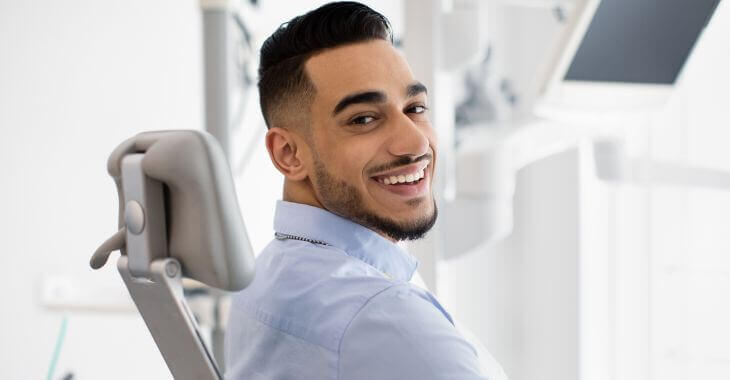When Can I Use Toothpaste After Wisdom Tooth Extraction?

Undergoing a wisdom tooth extraction can be a significant dental procedure that requires careful post-operative care. One common question patients often ask their dentist is, “When can I use toothpaste after wisdom tooth extraction?”
Proper oral hygiene is crucial for recovery, but it’s important to follow specific guidelines to avoid complications. This article will help you understand when and how to safely reintroduce toothpaste into your oral care routine after a wisdom tooth extraction.
First 24 Hours: Avoid Toothpaste
During the first 24 hours post-extraction, avoid using toothpaste. Brushing with toothpaste could cause irritation and dislodge the blood clot, leading to a painful condition known as dry socket. Stick to rinsing your mouth gently with salt water after meals and before bed to keep the area clean.
Immediately after the extraction, it’s essential to follow your dentist’s instructions closely to ensure proper healing. For the first 24 hours, avoid brushing, rinsing, or using mouthwash. This period is critical for forming a blood clot at the extraction site, which is vital for healing.
Can I Brush My Teeth After Wisdom Tooth Removal?
The simple answer is yes, but after 24 hours and with caution. You can brush your teeth after tooth extraction, but it’s crucial to avoid the extraction site to prevent dislodging the blood clot. Use a soft-bristled toothbrush and gentle strokes to clean your teeth without disturbing the surgical area.
When to Reintroduce Toothpaste
After the initial 24-hour period, you can gradually reintroduce toothpaste into your oral care routine. Start by brushing your teeth with a small amount of toothpaste, avoiding the extraction site. This cautious approach helps maintain oral hygiene while protecting the healing area.
How to Brush Teeth After Tooth Extraction
Knowing how to brush teeth after tooth extraction is crucial for proper recovery. Use a soft-bristled toothbrush and gentle, circular motions. Avoid vigorous brushing and the extraction site. Instead, focus on the other areas of your mouth to maintain cleanliness without disturbing the healing process.
Using a Salt Water Rinse
In addition to gentle brushing, use a saltwater rinse to promote healing and reduce the risk of infection. Mix half a teaspoon of salt with a glass of warm water and gently swish it around your mouth. Perform this rinse after meals and before bed to keep the extraction site clean.
Avoiding Mouthwash Initially
It is best to avoid mouthwash for at least the first week after your extraction. Mouthwash can be too harsh on the surgical site and may contain alcohol, which can cause irritation. Stick to salt water rinses during the initial healing period and avoid mouthwash until your dentist okays its use again.
Signs of Complications
While maintaining oral hygiene is important, be aware of signs that may indicate complications. If you experience severe pain, swelling, or a foul odor from the extraction site, contact your dentist immediately. These symptoms could indicate an infection or dry socket, which requires attention.
Diet and Oral Hygiene
Your diet plays a role in your recovery as well. Stick to soft foods and avoid hot, spicy, or crunchy items that could irritate the extraction site. Soups, yogurt, mashed potatoes and similar foods are good choices. Rinse your mouth gently after eating to remove any food particles that could cause infection.
Returning to Normal Oral Care
As the extraction site heals, you can gradually return to your normal oral care routine. This process usually takes about one to two weeks, but follow your dentist’s recommendations for a safe recovery. Continue using a soft-bristled toothbrush and gentle brushing techniques.
When Can I Brush My Teeth After Tooth Extraction?
Similar to wisdom teeth extractions, you can brush your teeth after any teeth removal procedure with caution. Avoid the surgical site and use gentle motions to clean your teeth. Follow the same guidelines for using toothpaste and saltwater rinses to promote healing and maintain oral hygiene.
Long-Term Oral Care Tips
Once your mouth has fully healed, maintain good oral hygiene to prevent future dental issues. Brush twice a day, floss regularly, and visit your dentist for routine check-ups. Proper oral care helps ensure the health of your remaining teeth and gums, which can help prevent future tooth extractions.

Understanding when and how to reintroduce toothpaste after a wisdom tooth extraction is crucial for a smooth recovery. Initially, avoid brushing the extraction site and using toothpaste. Gradually reintroduce these practices while focusing on gentle brushing and saltwater rinses.
By following these guidelines and your dentist’s advice, you can promote healing and maintain oral hygiene effectively. If you still are concerned about how to brush after a tooth extraction or when to reintroduce toothpaste, make sure to discuss these questions with your dentist.
The information provided on this website, including text, graphics, images, and other materials, is intended solely for informational purposes and should not be used as a substitute for professional medical advice, diagnosis, or treatment.



)